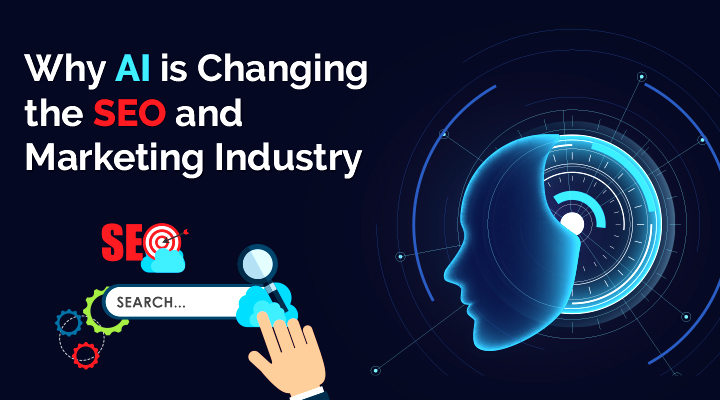Performance Marketing
Digital marketing has become a universal term for every marketing activity performed in the digital realm. For example, a person specializing in SEO calls themselves a Digital Marketer, and so does a professional specializing in Google Ads. The reality is that there is a huge amount of diversity in terms of Digital Marketing activities and platforms. And the list continues to get updated every day.
However (and it may sound strange), Performance Marketing is identified as a legit synonym of Digital Marketing. Performance Marketing refers to the marketing of the total cumulative value that the different digital marketing activities collectively generate for your business. In other words, a Performance Marketer guides you to the correct mix of activities to get the best out of your budget!
So what is Performance Marketing?
Performance Marketing is a Result-driven result-oriented Digital Marketing Strategy. It enables the companies to effectively reach out to their audience that interacts with their content at a scale.

In other words, brands incorporating a Performance Marketing strategy will pay only after completing their business objectives or a specified action, viz., sales or lead or click, have taken place.
Performance Marketing occurs when advertisers collaborate with an agency or publisher to design and place advertisements for their company on an n-number of performance channels like – social media, search engines, YouTube videos, embedded web content etc. However, instead of merely running campaigns, advertisers pay them based on the campaign’s effectiveness, i.e., by measuring the number of sales impressions or clicks or shares.
How does Performance Marketing work?
We have learned that an advertiser pays per the ad’s performance. So how do we measure the ad’s performance across all marketing campaigns?
Let us take a more detailed look at Performance Marketing vis-à-vis the breakup of key performance indices for different types of Digital Marketing campaigns.
Cost per Click (CPC)
Advertisers pay only the number of times the visitors click on their ad, which is particularly beneficial in driving traffic to your website.
Cost Per Impression (CPI)
Impressions refer to the “views” that a digital marketing ad gets. An advertiser pays for every thousand views (so if 25,000 people viewed an ad, the advertiser would pay 25 times their base rate).
Cost Per Sales (CPS)
In the CPS model, the advertiser pays only when a sale is recorded against an ad. CPS is also commonly used in affiliate marketing.

Cost Per Leads (CPL)
Almost akin to CPS, payment is made in CPL once when there is a sign-up for something against an ad. It could be an email newsletter or webinar. CPL generates leads for advertisers to follow up with customers and drive sales; hence it is considered the next best option after CPS for the marketers and advertisers.
Cost Per Acquisition (CPA)
CPA is similar to CPL and CPS. Under CPA, advertisers pay when consumers complete a specific action, but these are more general actions like sharing their contact information, visiting your blog, etc.
Key Performance Marketing Channels
There are five prominent marketing channels that both advertisers and agencies prefer when it comes to getting performance-oriented results:
- Banner / Display Ads
- Partner / Affiliate Marketing
- Native Advertising
- Content Marketing
- Social Media
- Search Engine Marketing
1. Banner / Display Ads
Display ads are popularly referred to as Banner ads; however, they include ads in other formats. A display ad generally uses images, videos or text to connect and communicate a call-to-action to its users, and they could appear on websites, blogs, publications and apps.
Only on mobile itself, display ad spending reached $61 billion in 2020 (Dialogtech).
Display advertisers use advanced contextual targeting algorithms to serve their ads before specific audiences strategically. For example, a travel app would place ads on destination rating websites like Tripadvisor, Yelp or Foursquare so it could convert those planning their travel into app users.
The advertisers could target the users again with the same banner ads when they switch to another travel-related website or social media platforms. Running highly targeted and contextually relevant ads do allow for a seamless user experience; however it could burn a hole in the advertisers’ pockets.
The global display ad spend reached an estimated 129 billion U.S. (Statista)
2. Native Advertising
A good Native Advertising is whatever that doesn’t look like a digital ad. Native advertising is the one that blends in with the generic appearance of a web page or site to post and promote sponsored content. For example, they could be suggested articles/videos at the bottom of the news, content, social networking site, or in-feed/in-story ads on social media platforms or e-commerce websites/portals like Facebook Marketplace.
Owing to this fact, Native adverts feel less intrusive than your regular banner ads, and therefore people are more likely to engage with them. According to a study, they get 53% more views than traditional banner ads. (Sharethrough) Often, users won’t differentiate between these kinds of content, allowing you to promote your brand in a way that feels natural.
The native advertising sector is projected to reach $400 billion by 2025. (The Drum)
3. Partner / Affiliate Marketing
Partner / Affiliate Marketing is the most cost-effective Performance Marketing channel to boost growth and revenue and thus is considered the most valuable by the advertisers. In this performance marketing model, the advertiser becomes the bridge between a user and a company.
In this Performance Marketing channel, the advertiser does not pay for clicks or impressions, but here the results are in the form of more tangible activities which are quantitative. Common examples of Partner / Affiliate Marketing objectives are, downloading an app or making a purchase using a specific link.
Partner Programs seem to work well for established brands with an online presence on various other Performance Marketing Channels with an ongoing engagement of the users. Advertisers have maintained that they generate 15-30% of sales through partners (TrueList).
4. Content Marketing
Content Marketing is about educating users. Content Marketing focuses on providing insightful and utility-based information to the users and thus establishing the connect. For example, a synthesized protein food company might post informative blogs on body weight, nutrition, & bodybuilding, all the while supported by affiliate links to their products.
Besides blog posts, content marketing can include case studies, e-books and many more.
5. Social Media
More than half of the world (i.e. 58.4%) now uses social media. In broader figures, about 4.62 billion people worldwide use social media, and 424 million new users have started using social media within the last 12 months of June 2022. (Smartinsights)
Only for Facebook, as of Q1 2020, there are 2.6 billion monthly active users and 8 million active advertisers Hubspot. As of date, Facebook continues to be the primary channel for content distribution for performance marketers.
Many active social media users are globally logged onto Facebook, Twitter, Instagram, TikTok, LinkedIn, Reddit, or Pinterest. Imagine how much of this presence can be used to scale your campaigns and reach new users or generate brand awareness for your product, service, or app.
Social media marketing goals are to acquire new customers, gain visibility, and convert users with metrics such as likes, impressions, engagement, clicks, checkouts, shares, completed contact forms, and sales. Content can be in the form of images, videos or text.
6. Search Engine Marketing
People use search engines all the time. When anyone needs information about anything in the world (goods or services), they head to search engines. So if your business has a website, it is crucial that it ranks prominent on the search engine results page when a search relevant to your business is made. For this purpose, you must optimize your website for Search Engine Marketing (SEM). In performance marketing, the objective is a cost-per-click (CPC), especially for paid advertising. There is an organic SEM, too where the performance marketers use content marketing and SEO-optimized landing pages to achieve desired rankings.

The future of digital marketing looks more and more promising each year. Thus using performance marketing channels can help you scale your advertising efforts to meet the growth objectives of your business.
When the advertisers start utilizing performance marketing to its full potential, i.e. from native and affiliate advertising to the sponsored social media content, business growth objectives are much easier to achieve.




